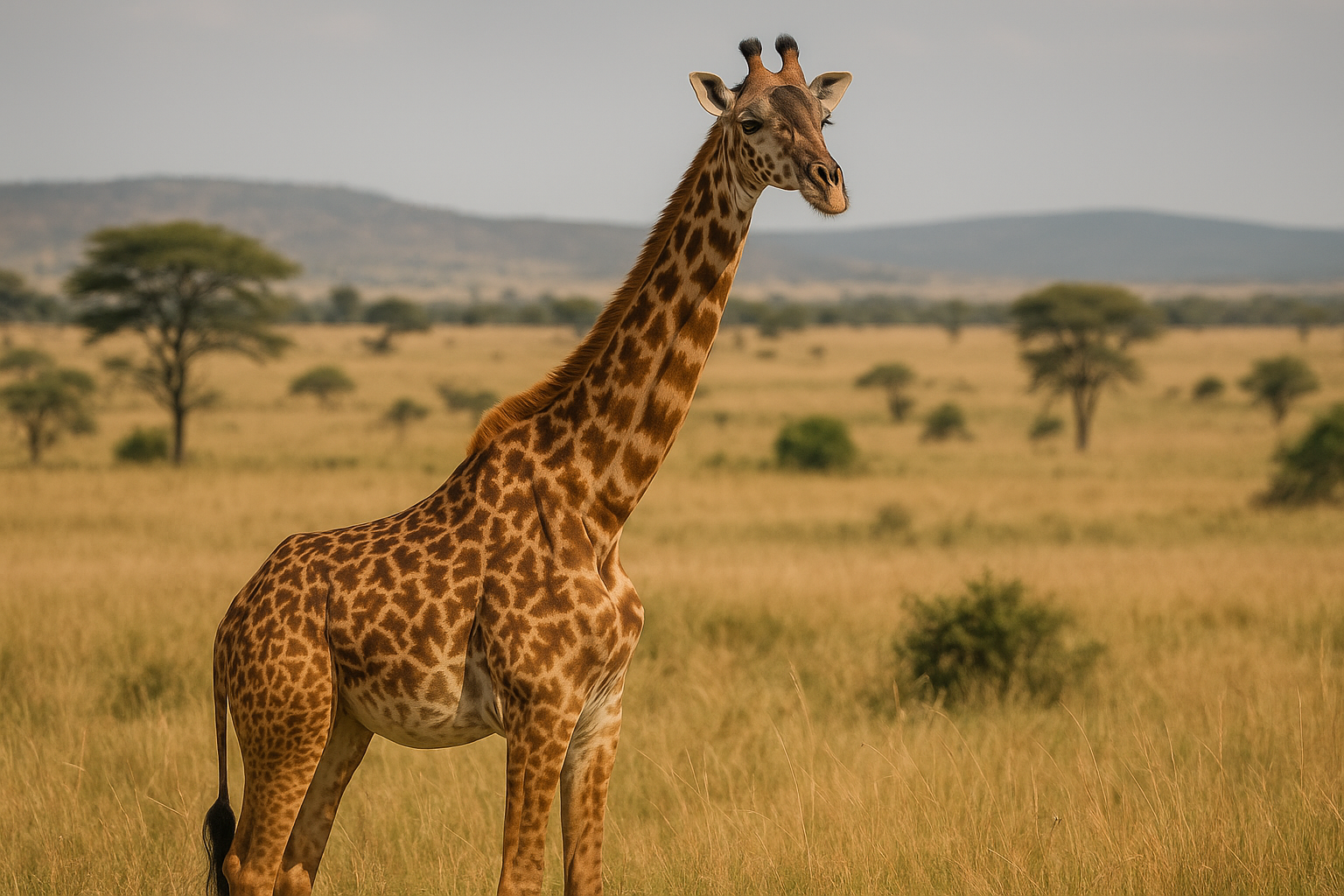Why Elephants Wallow: A Deep Dive Into This Fascinating Behavior!
Picture an elephant—a colossal creature with skin as tough as armor but a heart as tender as the first drops of rain on a dry savanna. Now, imagine it walking gracefully across the sun-scorched plains, pausing beside a muddy watering hole. With a slow yet deliberate motion, it kneels, rolls, and splashes. Mud flies in every direction as this magnificent animal transforms itself into a rolling, joyful mess. This is wallowing—a behavior as purposeful as it is captivating.
Elephants wallow for a multitude of reasons, deeply rooted in survival, health, and pleasure. Their skin, though thick, is highly sensitive and prone to sunburn and dehydration. Mud acts as a natural sunscreen and moisturizer, creating a protective barrier against the harsh sun and biting insects. In the unforgiving heat of their habitats—be it the African savanna or Asian forests—wallowing is not just a luxury but a necessity.
When elephants wallow, they immerse themselves in a mixture of mud and water, coating every inch of their skin. This process helps regulate their body temperature, allowing the cooling mud to counteract the blazing sun. As it dries, the mud forms a crust that traps moisture and keeps their skin hydrated longer. For a creature that can lose up to 50 gallons of water through its body daily, every layer of retained moisture matters.
Beyond practicality, wallowing is also an expression of sheer joy. Elephants have been observed trumpeting and playfully spraying mud during their wallowing sessions, a behavior that reflects their complex emotional intelligence. For calves, wallowing is an adventure, a moment to bond with their herd and learn from their elders. Watching a baby elephant stumble and roll in the mud, trying to mimic its mother, is a sight that tugs at the heartstrings.
Wallowing serves another important purpose—skin exfoliation. As elephants roll and rub against rough surfaces like trees or rocks post-wallow, they shed dead skin and parasites. This natural "spa treatment" keeps their thick hide healthy and resilient. Remarkably, even their tusks benefit, as the mud helps polish and sharpen them during the process.
Emotionally, wallowing represents something deeper. Elephants are known for their strong social bonds, and a communal wallowing session can serve as a time of connection and relaxation for the herd. The matriarch often leads the way, encouraging others to join. These moments highlight the profound unity within elephant families, a reminder of the beauty of cooperation in nature.
Interestingly, elephants are also strategic about where and how they wallow. They select spots with nutrient-rich mud, sometimes even digging their own mud holes. This behavior demonstrates their remarkable intelligence and ability to adapt to their environment. Scientists have discovered that elephants in certain regions use wallowing as an opportunity to absorb trace minerals through their skin, enhancing their overall health.
Fun Facts About Elephants and Wallowing
1. Mud as "Elephant Perfume"
Did you know that elephants also wallow to enhance their social interactions? The mud they apply carries the scent of the local terrain, helping them communicate their location to other elephants. It’s like a natural GPS system, connecting them across vast landscapes.
2. Elephant Sunscreen
While humans spend fortunes on sunscreen, elephants have a cost-free alternative—mud! The thick layer of mud acts as a shield against ultraviolet rays, preventing their sensitive skin from burning. Their natural ingenuity is a lesson in survival.
3. A Calf’s First Mud Bath
Watching a baby elephant wallow for the first time is a pure delight. Calves often fumble and fall, but their excitement is contagious. It’s their first lesson in self-care, taught by their ever-patient mothers.
4. Cooling Off in Style
Elephants lack sweat glands, which makes overheating a real danger. Wallowing in mud cools them down faster than water alone. Once dry, the mud crust acts as an insulator, keeping them comfortable for hours.
5. Memory in the Mud
Elephants have an incredible memory, and they often revisit favorite wallowing spots, sometimes years apart. These mudholes become a part of their migratory routes, cherished for their reliability.
6. Tusks as Digging Tools
When natural mudholes dry up, elephants don’t give up. They use their powerful tusks and trunks to dig for underground water, creating new wallowing spots that other animals benefit from as well.
Wallowing: More Than Just a Behavior
Wallowing is a testament to the elephant’s remarkable adaptability, intelligence, and emotional depth. From shielding their skin against the sun to expressing pure joy in a community activity, elephants show us the delicate balance between survival and pleasure. Observing these gentle giants splash, roll, and embrace the mud is a reminder of the beauty of nature in its rawest form.
So next time you think of an elephant, imagine it not just as a symbol of strength but as a creature that finds joy in life’s simplest pleasures—a wallowing hole, a muddy embrace, and a moment of unbridled freedom.










No comments:
Post a Comment